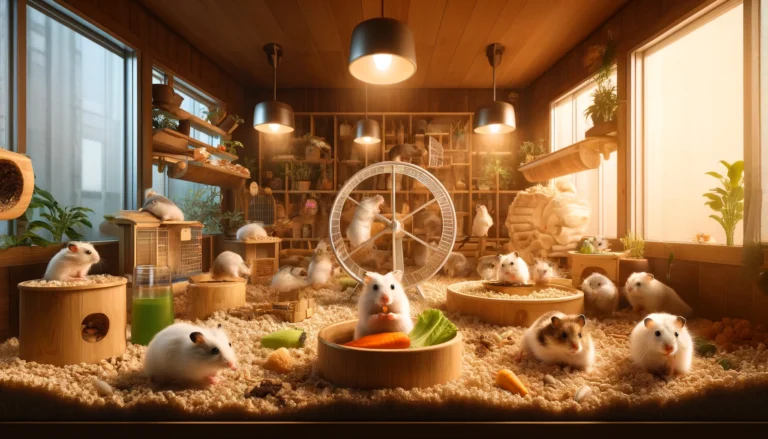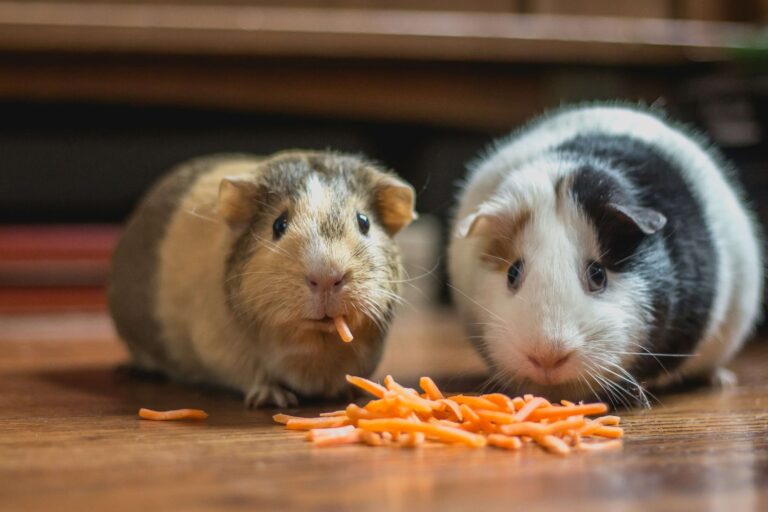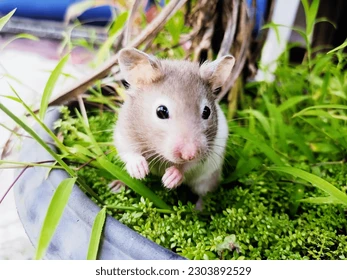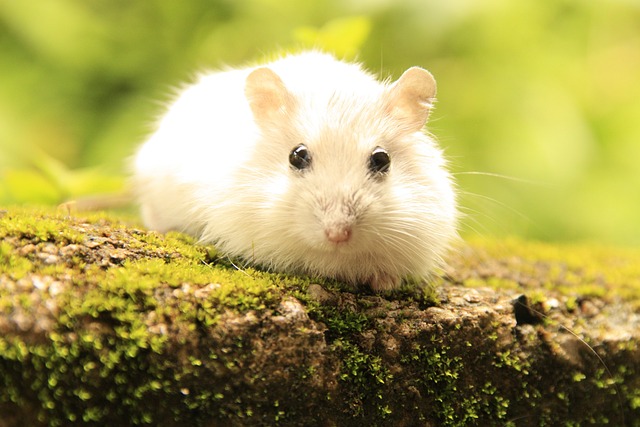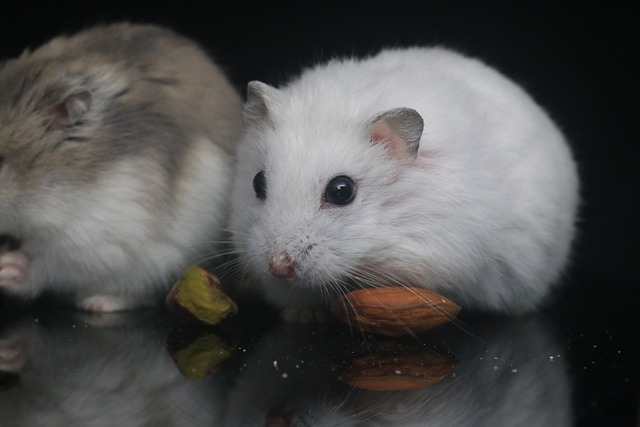Can Hamsters Eat Grapes – Hamsters.pk
The Nutritional Value of Grapes for Hamsters
What Are Grapes?

Grapes are small, round, semi-translucent berries that grow in clusters on woody vines. They come in a variety of colors, including green, red, black, and purple. Grapes are a popular fruit enjoyed by humans for their sweet and tangy flavor, but can hamsters also benefit from their nutritional value?
Nutritional Breakdown
Grapes are a good source of several essential nutrients for hamsters. Here’s a breakdown of some of the key nutrients found in grapes:
- Vitamin C: Grapes are rich in vitamin C, an antioxidant that helps boost the immune system and promote overall health.
- Vitamin K: This vitamin is important for blood clotting and bone health.
- Manganese: A trace mineral that plays a role in metabolism, bone development, and antioxidant defense.
- Fiber: Grapes contain soluble fiber, which can aid in digestion and promote healthy gut bacteria.
Benefits for Hamsters
Incorporating grapes into your hamster’s diet in moderation can provide several potential benefits:
- Hydration: Grapes have a high water content, which can help keep your hamster hydrated.
- Antioxidant Support: The antioxidants present in grapes, such as vitamin C and manganese, can help protect your hamster’s cells from damage caused by free radicals.
- Digestive Health: The fiber in grapes can aid in regular bowel movements and maintain a healthy digestive system.
- Variety in Diet: Offering a variety of fruits and vegetables can make your hamster’s diet more interesting and provide a range of nutrients.
Moderation is Key
While grapes can be a nutritious treat for hamsters, it’s essential to feed them in moderation. Grapes are high in natural sugars, and overconsumption can lead to obesity, diabetes, and other health issues. As a general rule, grapes should be offered as an occasional treat and should not make up a significant portion of your hamster’s diet.
Proper Serving Size
When feeding grapes to your hamster, it’s crucial to follow the appropriate serving size. A safe serving size for an average-sized hamster is one or two small grape pieces per day. Always remove any uneaten grapes from the cage after a few hours to prevent spoilage and potential health risks.
Remember, a well-balanced diet consisting of high-quality hamster food, supplemented with small amounts of fresh fruits and vegetables, is essential for your hamster’s overall health and well-being.
Serving Grapes to Your Hamster: A Guide
Introduction
Grapes can be a delightful and nutritious treat for your furry little hamster friend. However, it’s essential to understand the proper way of serving grapes to ensure your hamster’s safety and well-being. This guide will provide you with valuable insights and tips on how to introduce grapes into your hamster’s diet.
Selecting the Right Grapes
When choosing grapes for your hamster, it’s crucial to opt for fresh and high-quality produce. Avoid grapes that appear bruised, moldy, or have any signs of spoilage. Additionally, consider the following factors:
- Seedless Grapes: Opt for seedless varieties, as grape seeds can pose a choking hazard for your hamster.
- Organic or Pesticide-Free: If possible, choose organic or pesticide-free grapes to minimize your hamster’s exposure to harmful chemicals.
- Ripeness: Ripe grapes are not only more flavorful but also easier for your hamster to digest.
Preparing the Grapes
Before serving grapes to your hamster, it’s essential to prepare them properly:
- Wash the Grapes: Rinse the grapes thoroughly under cool running water to remove any dirt, pesticide residue, or other contaminants.
- Remove the Stems and Seeds: Carefully remove the stems and any seeds from the grapes, as they can pose a choking hazard or cause digestive issues for your hamster.
- Cut into Smaller Pieces: Hamsters have small mouths, so it’s best to cut the grapes into bite-sized pieces or slices to prevent choking or overeating.
Introducing Grapes to Your Hamster
When introducing grapes to your hamster for the first time, it’s essential to do so gradually and in moderation:
- Start with a Small Amount: Begin by offering your hamster one or two small grape pieces to gauge their reaction and monitor for any potential adverse effects.
- Observe Your Hamster: Keep an eye on your hamster after serving the grapes to ensure they don’t experience any digestive issues or other adverse reactions.
- Increase Gradually: If your hamster tolerates the initial serving well, you can gradually increase the amount of grapes offered, but always in moderation.
Tips for Serving Grapes
Here are some additional tips to keep in mind when serving grapes to your hamster:
- Remove Uneaten Grapes: Grapes can spoil quickly, so be sure to remove any uneaten pieces from your hamster’s cage after a few hours to prevent potential health risks.
- Provide Fresh Water: Offer your hamster fresh water alongside the grapes to ensure proper hydration.
- Variety is Key: While grapes can be a tasty treat, it’s essential to provide a well-rounded diet with a variety of fruits, vegetables, and a high-quality hamster food mix.
- Monitor Portion Sizes: Overfeeding grapes or any other sugary treat can lead to obesity and other health issues in hamsters, so moderation is key.
By following these guidelines, you can ensure that your hamster enjoys the sweet and nutritious treat of grapes while maintaining a balanced and healthy diet.
The Risks of Feeding Grapes to Hamsters
While grapes can be a tasty and nutritious treat for hamsters, it’s essential to understand the potential risks associated with overfeeding or improper handling of this fruit. In this article, we’ll explore the potential dangers of feeding grapes to hamsters and provide guidance on how to mitigate these risks.
Choking Hazard
One of the primary risks of feeding grapes to hamsters is the potential for choking. Hamsters have small mouths and throats, and whole grapes or large pieces can easily become lodged in their airways, leading to a life-threatening situation. To minimize this risk, it’s crucial to cut grapes into small, bite-sized pieces before serving them to your hamster.
Digestive Issues
Grapes are high in natural sugars and fiber, which can cause digestive problems if consumed in excessive amounts. Overfeeding grapes to your hamster can lead to diarrhea, bloating, and gastrointestinal discomfort. It’s essential to introduce grapes gradually and in moderation to allow your hamster’s digestive system to adjust.
Obesity and Diabetes
Like many other sugary treats, grapes can contribute to weight gain and obesity in hamsters if consumed in excess. Obesity can lead to a host of other health issues, including diabetes, which is a serious condition that requires veterinary care and specialized management. To prevent these problems, it’s crucial to limit the amount of grapes and other sugary treats in your hamster’s diet.
Pesticide Exposure
Grapes, like many other fruits and vegetables, may be treated with pesticides during cultivation. While washing the grapes can help remove some of these residues, it’s essential to choose organic or pesticide-free grapes whenever possible to minimize your hamster’s exposure to potentially harmful chemicals.
Mold and Spoilage
Like any fresh produce, grapes can quickly spoil if left uneaten in your hamster’s cage. Moldy or spoiled grapes can harbor harmful bacteria and toxins, potentially causing severe illness in your hamster. To prevent this, it’s crucial to remove any uneaten grape pieces from the cage after a few hours and ensure that the grapes are fresh and free from spoilage before serving.
Proper Serving and Monitoring
To mitigate the risks associated with feeding grapes to your hamster, it’s essential to follow proper serving guidelines and monitor your pet’s reaction closely. Always start with small portions and gradually increase the amount if your hamster tolerates them well. Additionally, observe your hamster for any signs of digestive distress or other adverse reactions after introducing grapes to their diet.
By understanding the potential risks and taking appropriate precautions, you can safely incorporate grapes into your hamster’s diet as an occasional treat, providing them with a tasty and nutritious snack while ensuring their overall health and well-being.
Grape Alternatives: Healthy Treats for Your Furry Friend
While grapes can be a delicious and nutritious treat for your hamster, it’s always a good idea to explore alternative options to ensure a well-balanced and varied diet. In this article, we’ll explore some healthy and safe grape alternatives that you can offer your furry friend.
Fresh Fruits and Vegetables
Incorporating a variety of fresh fruits and vegetables into your hamster’s diet can provide them with essential vitamins, minerals, and fiber. Here are some excellent grape alternatives:
- Apples: Apples are a great source of fiber and antioxidants. Offer small slices or pieces, removing the seeds and core.
- Blueberries: These tiny berries are packed with antioxidants and can be served fresh or frozen.
- Carrots: Carrots are rich in vitamin A and provide a satisfying crunch. Offer small pieces or shredded carrots.
- Cucumbers: With their high water content, cucumbers can help keep your hamster hydrated. Remove the seeds and serve in small slices.
Healthy Protein Sources
While fruits and veggies are essential, your hamster also needs a balanced intake of protein. Consider these healthy protein-rich treats:
- Cooked Egg: Hard-boiled or scrambled eggs (without added salt or seasonings) can be a great source of protein for your hamster.
- Unsalted Nuts and Seeds: Offer a small amount of unsalted nuts, like almonds or walnuts, or seeds, like sunflower or pumpkin seeds.
- Whole Grains: Whole grains, such as oats or whole wheat bread, can provide fiber and protein.
Commercial Treats
While it’s best to focus on fresh, natural foods, there are some high-quality commercial treats that can be offered in moderation:
- Dried Fruits: Look for unsweetened, preservative-free dried fruits like apricots, papaya, or banana chips.
- Hamster-Safe Chews: Provide your hamster with safe, edible chew toys made from materials like Timothy hay or willow wood to help wear down their constantly growing teeth.
- Seed Mixes: Opt for seed mixes specifically formulated for hamsters, which often include a variety of healthy seeds, grains, and dried vegetables.
Tips for Introducing New Treats
When introducing any new food or treat to your hamster’s diet, it’s essential to follow these guidelines:
- Start with Small Portions: Offer only a small amount of the new treat at first to monitor for any adverse reactions.
- Observe Your Hamster: Keep a close eye on your hamster for any signs of digestive distress, such as diarrhea or lethargy.
- Introduce One at a Time: Introduce new treats one at a time, allowing your hamster to adapt to each new food before introducing another.
- Variety is Key: Rotate different healthy treats to provide your hamster with a well-rounded, varied diet.
Remember, while treats can be a fun and nutritious addition to your hamster’s diet, they should never replace their primary, high-quality hamster food mix. By offering a variety of healthy treats in moderation, you can ensure your furry friend enjoys a balanced and enjoyable diet.






